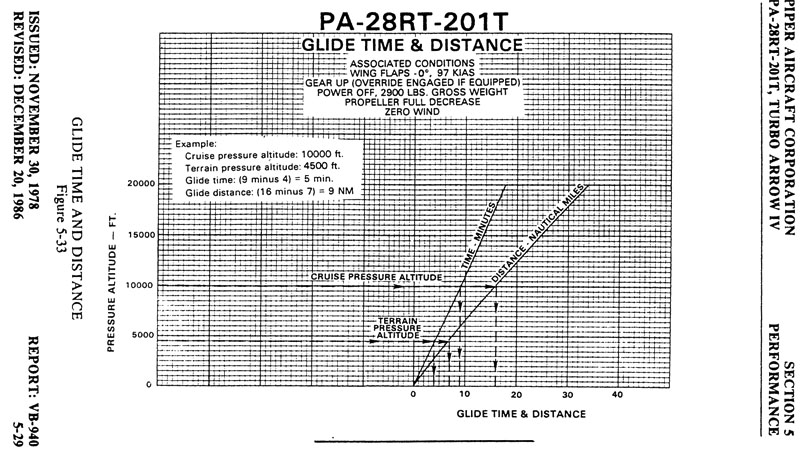Many aircraft are able to do an unpowered glide at the 3$^\circ$ angle that the typical (ILS) glideslope is. However that requires the aircraft to be in clean configuration (no flaps, no gear) and at a speed well above landing speed.
When the aircraft is configured for landing (flaps + gear down) it requires a fair amount of power to maintain on the glideslope.
It would make sense for the approach angle to be such that a safe
landing is very likely. So if not, why not?
If the glideslope was steep enough to support an unpowered approach, then there would no margin to slow down the aircraft if it were approaching fast (one can't apply less power). It becomes difficult to stabilize the aircraft before landing. Also turbine aircraft need to be above idle power during the approach to ensure a fast response in case of a missed approach.
In case of a steep approach at near idle power, additional drag would be required to slow down. Most aircraft can only provide this by extending the spoilers. Unfortunately this also reduces the lift produced by the wing, something which is usually avoided on approach. A few transport aircraft such as the BAe 146/ RJ70 / RJ85 / RJ100 and Fokker F70/F100 are equipped with air brakes. They aid in slowing down the aircraft on steep approaches without compromising the lift. Steep approach modifications to the Airbus A318 includes changes to the spoiler logic such that they will extend only to 30% to prevent loss of lift. Propeller aircraft usually have less difficulty with steep approaches since the propeller can be used as an effective air brake. For these reasons the diversity of aircraft at London City airport (glideslope 5.5$^\circ$) is limited to a few models.
Currently there is an experiment running on Heathrow airport that features a increased glideslope (3.2$^\circ$ instead of 3$^\circ$) to reduce noise. Due to the steeper approach the aircraft require less power to maintain speed which relieves people living nearby of some noise.
This small increase in glideslope angle does not require special training for the flight crew or changes to aircraft but it may have a negative effect on the airport's capacity. Since the steeper slope reduces the deceleration capability of aircraft it might lead to an increase in go-arounds (e.g. because the aircraft's speed isn't stabilized at 1000ft, or the separation between successive aircraft is compromised).

